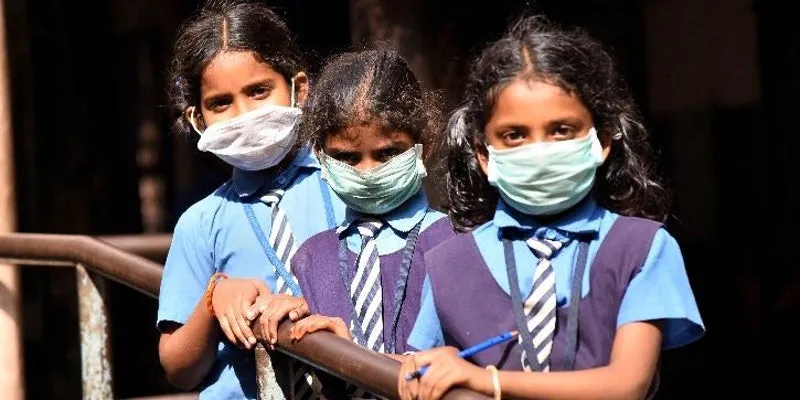How Reach to Teach is working with state governments to improve learning in remote areas
Reach to Teach partners with state governments to improve the quality of teaching and learning outcomes of government schools in India. So far, it has impacted the lives of 80 lakh school children.
Gurugram-based social impact organisation Reach to Teach (RTT) has a simple task—to make learning joyful.
Besides being entitled to the right to quality education, RTT understands that children learn best when they are safe, happy, and engaged. Started as a British charity organisation, “RTT believes in enabling an environment and engaging teachers, school principals, parents, and the community to transform education in government schools,” Ratna Viswanathan, CEO of Reach To Teach, tells SocialStory.
The organisation partners with state governments to improve the quality of teaching and learning outcomes of government schools in India. Aligned with the National Education Policy (NEP) 2020, it uses an evidence-driven design approach to create sustainable teaching frameworks catering to the needs of that particular state.
RTT supports the state education departments to objectively measure school performance and critical areas of improvement through robust indicators, helping them create school development plans (SPD).
So far, RTT has engaged with 50,225 government schools, impacting the lives of about 80 lakh school children.

Representational image
For any vulnerable section, education is the best tool for upward mobility
Working model
At present, RTT is actively engaged with the governments of Gujarat, Haryana, and Arunachal Pradesh to improve the quality of education in remote areas by using appropriate technology and innovation.
In its current project, RTT has partnered with the Government of Arunachal Pradesh and the NITI Aayog and works as a technical expert on a large-scale school education transformation project.
It covers all government schools in the state, comprising over two lakh children, under NITI Aayog’s Development Support Services for States (DSSS).
“We aim to improve the learning outcomes in Arunachal Pradesh by focusing on foundational, literacy, and numeracy (FLN) and continuous professional development (CPD) of teachers and education department officials,” Ratna explains.
Additionally, the social organisation will support the state government in developing a comprehensive roadmap, implementation strategy, teaching, and learning resources, and strengthening governance through robust data management systems.
“Driven by the tenets of SDG 4 (quality education), 10 (reduced inequalities), and 17 (partnerships), and the path laid by the NEP 2020, we are hoping to amplify our work and support Arunachal Pradesh in bridging the education access and quality gap. Contextualisation to local needs and collaboration remain the key pillars of our programme,” adds Ratna.
Impact so far
RTT, which has been working with the Gujarat state education department since 2007, leveraged this experience to work directly with the state government at a systemic level in 2019.
“Through the World Bank/AIIB funded Mission Schools of Excellence (SoE) project, as the academic and technical support unit, we are transforming 20,000 schools across the state, Ratna shares.
She adds, “We helped support the robust accreditation framework of Gunotsav 2.0, while also supporting the continuous professional development of teachers.”
Since 2021, RTT, along with the department of school education (DSE), Haryana, is engaged in the design of creating a robust accreditation framework and the leadership development of head teachers across the state.
Digital era
The COVID-19 pandemic stood as a reminder for RTT. “From lack of digital penetration to lack of access, we had to target bridging the learning gaps between the long school closures,” Ratna says.
She highlights the significant disconnect between urban centres and rural areas, and the haves and have-nots of having quality education.
The CEO says, “We realised the critical role of technology in ensuring basic access to education when going to school was impossible, and learning was disrupted. But technology access was not universal across India. Schools with adequate infrastructure and facilities were able to tide through the learning crisis better. Those in remote areas faced access issues.”
Digital penetration in remote and rural areas or hilly terrains in India is low, and therefore, community engagement is important in enabling shared resources between students and teachers.
For example, access to edtech in Arunachal Pradesh is not the same as compared to a metropolitan city like Gurugram. “Through frugal innovation and appropriate technology, we are opening doors for using low-cost technology in low-resource settings to facilitate learning and making content easily accessible and consumable by all communities,” she explains.
While RTT has a long way to go in making edtech accessible for all, it requires systematic changes and building system resilience.
(This story was updated after correcting a factual error.)
Edited by Suman Singh






